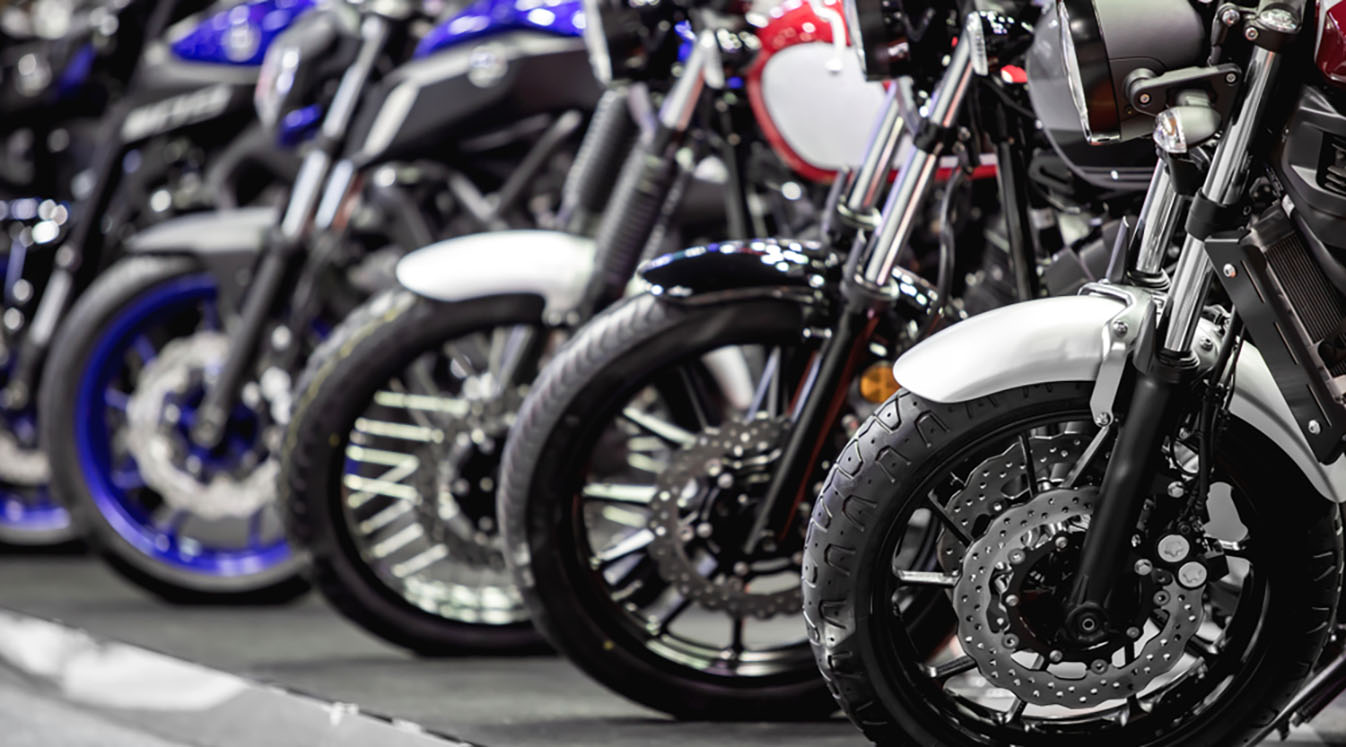Every motorcycle rider needs a motorcycle helmet, but finding the right size is just as important as the quality of the helmet itself. Riding with a helmet that’s too small can put you at risk of injury. It may pull on your face or neck, making it uncomfortable to ride. It may also not protect you from serious injury if you get into an accident. If you are looking for a helmet, experts say it’s usually best to start small and go up from there until you find the right size for your head. Learn how to tell if your motorcycle helmet is too small as you try on different sizes.
Signs Your Motorcycle Helmet Is Too Small
Knowing whether your motorcycle helmet fits can be a challenge, especially if you’re new to wearing a helmet while traveling. Many helmets are one-size-fits-all, but that doesn’t mean you should settle for a helmet that doesn’t fit. If you notice or experience any of these telltale signs, it’s probably time to upgrade to a larger helmet:
Find the Right Motorcycle Bluetooth Headset for Your Helmet
The Helmet Doesn’t Sit Flush with Your Head
One of the first things you will notice when you try on a helmet that’s too small for your head is that the lining of the helmet doesn’t sit flush with your skull. Everyone’s head is shaped a little differently. The inner lining should touch the entire top of your head. If the helmet is too small, you may not be able to get it on all the way, leaving an empty space between the top of your head and the inner lining. Each brand of helmet will fit a little differently as well, so be sure to try on helmets from different manufacturers if at first you don’t succeed.
Your Bluetooth Headset Doesn’t Fit
It’s best to use a helmet communication device when traveling in groups. The receiver clips onto your helmet so you can wirelessly connect to your mobile device or radio with one of your companions without taking your hands off the handlebars.
The device should fit onto your helmet without making it uncomfortable to ride. If you plan on using a headset, attach it to your helmet when you try it on to see if it fits. You should be able to speak into the receiver and issue a command without having to adjust the device.
If you are using a half-face motorcycle helmet, pair it with a half-helmet Bluetooth headset to keep the receiver near your mouth. It comes with an adjustable boom mic to help you find the perfect position.
The Clip Won’t Attach
Most helmets come with a chin strap to keep it securely attached to your head. You should be able to buckle the clip and adjust the strap as you see fit. Extend or loosen the strap until it feels taut without pressing into your neck or throat, as this will make it difficult to breathe. Riding with the strap too tight can also lead to strangulation in the event of an accident. If the strap is too tight when it is all the way extended, try moving up a size.
Pain or Discomfort While Riding
The helmet may feel fine at first, but you may run into problems once you get out on the road. If the helmet is too small, you may feel added pressure around the sides of your head like it’s stuck in a vise grip. This can lead to headaches and redness on the forehead and skin. You should feel completely comfortable when you ride. If you notice any of these problems, try riding with a larger helmet to see if it fixes the problem.
Use a Bluetooth Motorcycle Helmet to Stay Safe in Any Situation
Watch out for these warning signs to make sure you are using the right sized helmet. Safety should be your number one priority when riding. Regardless of whether you decide to swap out your helmet, use a motorcycle Bluetooth headset to stay connected in an emergency.





